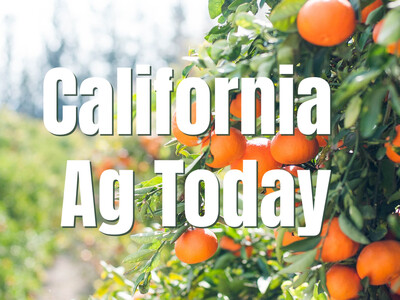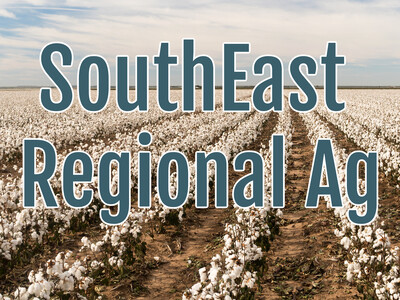Indoor Farmer's Market & Weather Related Price Hikes
Indoor Farmer’s Market & Weather Related Price Hikes plus Food Forethought. I’m Greg Martin with today’s Northwest Report.
The northwest is expecting yet another blast of winter this week but the rest of the U.S. has had more than it’s share of weather problems including the ag industry. Gary Lucier, USDA economist, has some examples of how the weather problems in all the major winter vegetable growing areas have affected wholesale prices.
LUCIER: In mid-February lettuce was going for over $30 a box when usually it’s somewhere around $8 or $10 a box. Tomatoes were also in the $30+ area and they’re usually down around the $10 or $12 a box region so you can see that we’ve at least temporarily at least we have prices which are 3 times as high as they normally would be.
Everyone loves to shop at the farmer’s market but with few exceptions it is limited to a warm weather activity. Now there are plans to open a new type of farmer’s market in Spokane to be open year round. The Spokane Public market is set to open at Browne and Second Avenue in Downtown Spokane in May. Customers will be able to buy local produce, fruit, flowers, honey, meat, dairy, arts and crafts. Organizers said more than 100 small farmers and artisans are interested and ready to sell. Not a bad idea.
Now with today’s Food Forethought, here’s Lacy Gray.
Farmers and environmentalists can’t agree on anything, right? Wrong, there are many things these two groups do agree on and one of those is land conservation. The Senate Agriculture and Rural Economy Development Committee found this out while reviewing a bill that both environmentalists and farmers say is a balanced approach to conserving lands. Deciding how to maintain and protect not only critical areas and natural resource lands but agricultural lands as well is an extremely important issue that has been under discussion for the better part of the past decade. Finding that common ground where critical areas on lands used for agriculture remain protected, while those farms where these areas are located are not forced out of business due to regulatory buffers being applied is a time consuming and delicate process. This bill would amazingly provide just such a delicate balance between the two groups and allow counties and states a considerable period of time to find and allocate funds. To have these distinctly diverse groups come together with respect and consideration for each others’ views is a historical achievement in and of itself.
Thanks Lacy. That’s today’s Northwest Report. I’m Greg Martin on the Ag Information Network.














